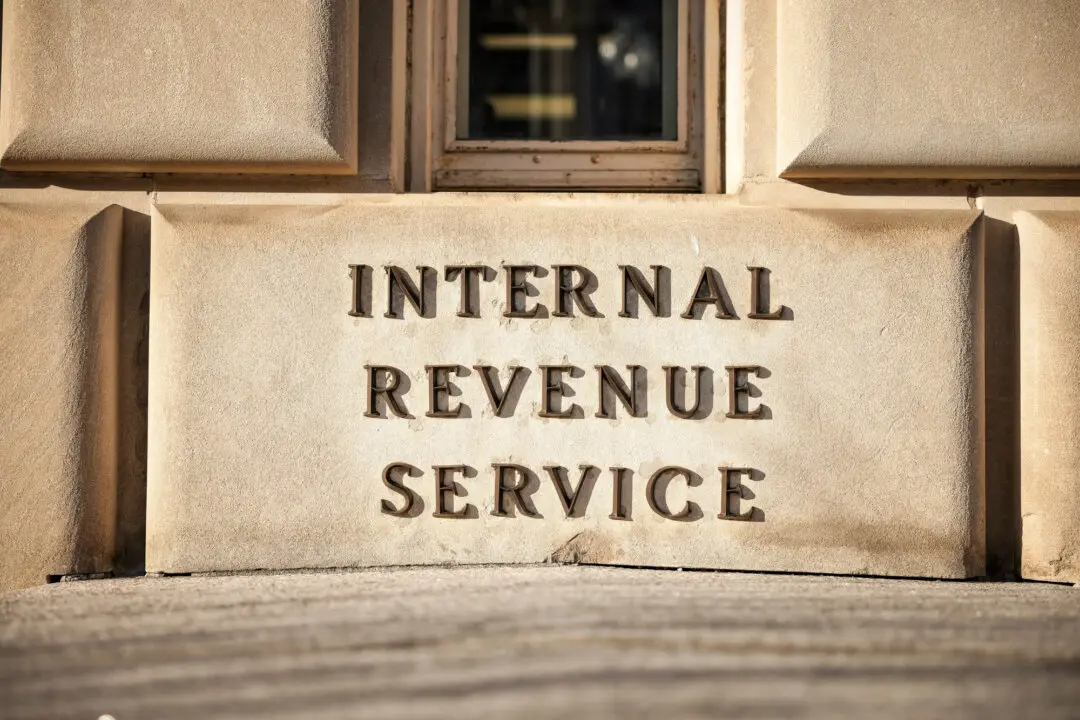Another car has been found by rescue workers searching the rubble of a collapsed motorway bridge in the northern Italian city of Genoa, local authorities said on Saturday.
Spokespeople for the fire brigade and the Genoa prefecture said the car - which was found under slabs of concrete - was “compatible” with one believed to carry a family of three, but neither updated the death toll, still officially at 38.




